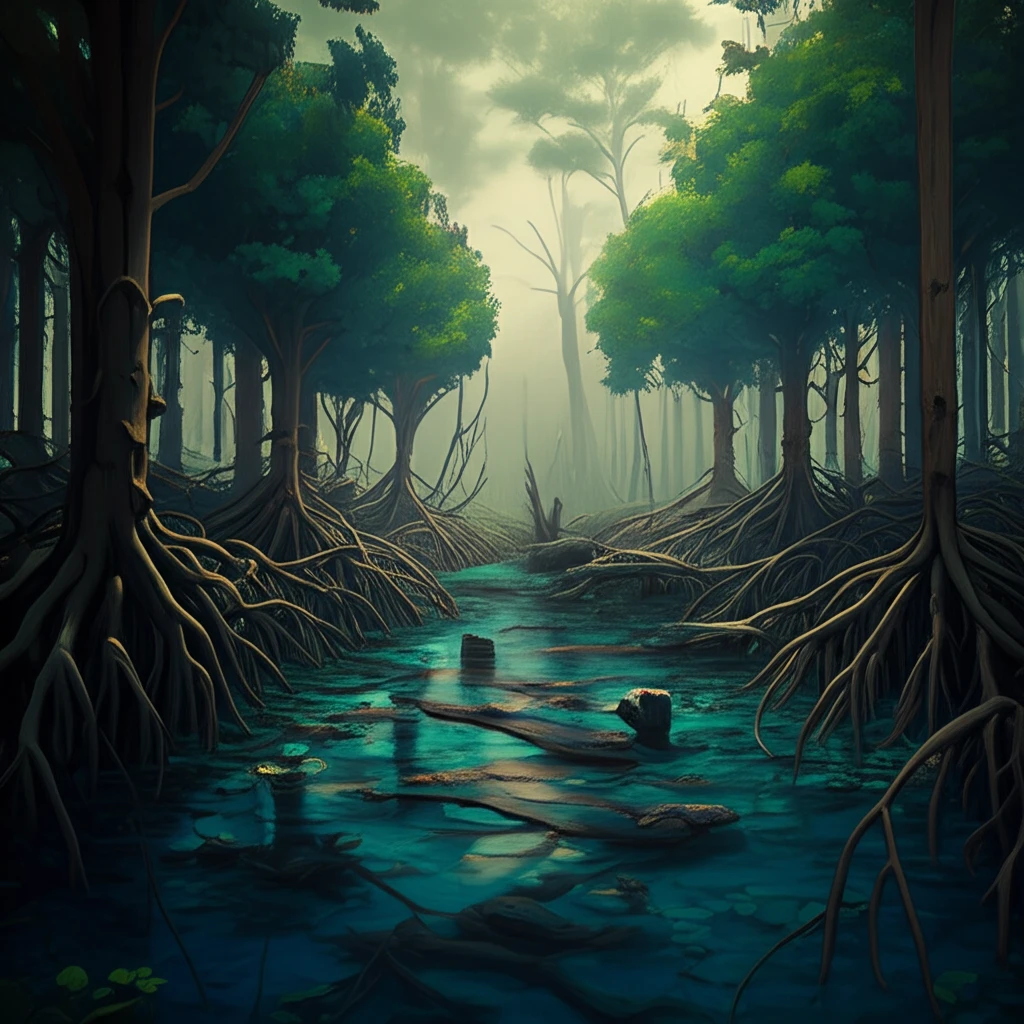
Unlocking the Secrets of Mozambique's Mangroves: Why These Coastal Forests Matter
"Discover the structural characterization, reproductive phenology, and anthropogenic disturbance patterns of mangroves in Costa do Sol, Bons Sinais Estuary and Pemba-Metuge from Mozambique and what it means for coastal conservation efforts."
Mangrove forests stand as vital ecosystems, bridging the gap between land and sea in tropical and subtropical zones. Their ecological and economic importance is undeniable, offering a wealth of benefits that range from providing critical habitats for marine life to protecting coastlines from erosion and storm surges. Understanding these complex ecosystems is paramount for effective conservation and sustainable management.
In Mozambique, mangrove forests stretch along the southern, central, and northern regions, each with its own distinct characteristics and facing unique challenges. These coastal forests are not only biodiversity hotspots but also integral to the livelihoods of local communities, providing resources such as timber, fuelwood, and medicinal plants. However, these invaluable ecosystems are increasingly threatened by human activities, including deforestation, conversion to aquaculture ponds, and urban expansion.
Recent research has shed light on the structural characterization, reproductive phenology, and anthropogenic disturbance of mangroves in three key regions of Mozambique: Costa do Sol, Bons Sinais Estuary, and Pemba-Metuge. By examining species composition, forest structure, and the impact of human activities, this study offers crucial insights into the ecological dynamics of these coastal forests and provides a foundation for developing effective conservation strategies.
Decoding Mangrove Structure and Species Diversity

The study meticulously examined mangrove forests in Costa do Sol (CS), Bons Sinais Estuary (BSE), and Pemba-Metuge (PM), revealing distinct structural attributes and species compositions across these sites. Researchers established multiple plots at each location, measuring tree diameter, height, and species identification to gain a comprehensive understanding of the forest structure. The phenology of mangrove species, or the timing of their life cycle events such as flowering and fruiting, was also carefully observed, along with the assessment of deforestation and human disturbances.
- Species Composition: Avicennia marina was dominant across all sites, but other species like Ceriops tagal and Rhizophora mucronata also play significant roles.
- Forest Structure: Bons Sinais Estuary (BSE) had the tallest trees and highest complexity, while Costa do Sol (CS) showed lower complexity.
- Reproductive Phenology: Timing of flowering and fruiting varied among species and locations, influenced by local environmental conditions.
- Anthropogenic Disturbance: Human activities like deforestation and cutting of trees impact mangrove forests differently in each region.
Towards Sustainable Mangrove Management
This research provides a crucial foundation for designing and implementing sustainable strategies for mangrove conservation in Mozambique. By understanding the structural attributes, reproductive phenology, and anthropogenic disturbances affecting these coastal forests, policymakers and conservationists can develop targeted interventions to protect and restore these vital ecosystems. Future efforts should prioritize community involvement, sustainable resource management practices, and the integration of local knowledge to ensure the long-term health and resilience of Mozambique's mangrove forests.
